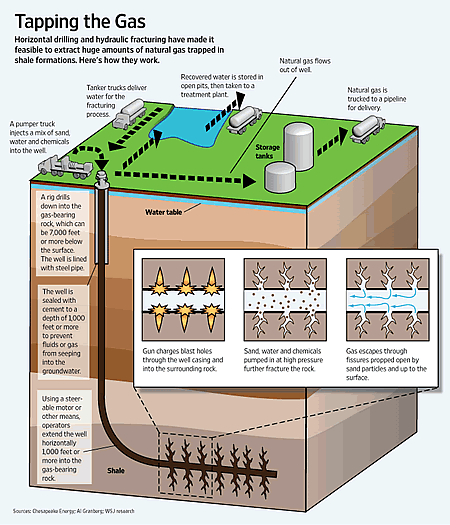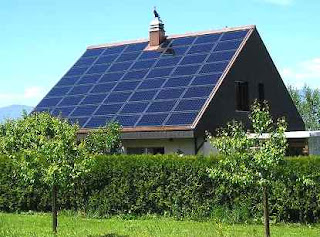Link to article- http://www.nytimes.com/2011/07/07/business/energy-environment/us-backs-plant-to-make-fuel-from-corn-waste.html?partner=rss&emc=rss#
Title- U.S. Backs Project to Produce Fuel From Corn Waste
By MATTHEW L. WALD. 7.6.11
Link to picture: http://www.google.com/imgres?q=corn+waste&hl=en&tbo=d&gbv=2&tbm=isch&tbnid=RBXL18fShu3P_M:&imgrefurl=http://www.ongo.com/v/1322620/-1/90A2B84EAB237501/us-backs-project-to-produce-fuel-from-corn-waste&docid=WCrQa9pem3jIZM&imgurl=http://www.ongo.com/6/2011/07/07/1322620/202ea9c7360c1043a829778b9f7422e4d00.jpg&w=1024&h=670&ei=ZqjbTri1MOrp0QGTh-HpDQ&zoom=1&biw=1024&bih=690
Caption to picture: in this picture it is showing all the corn waste that is used each day in the factory to make motor fuel.
Summary- The Energy Department plans to provide a $105 million loan guarantee for the expansion of an ethanol factory in Emmetsburg, Iowa, that intends to make motor fuel from corncobs, leaves and husks.In the article it mentioned this could be the first project to make ethanol from a nonfood, or cellulosic,plant source.if this idea works properly it could greatly increase the potential to make motor vehicle fuel and reduce the use of fossil fuels. It could also reduce the use of corn in the manufacture of ethanol as motor fuel, which is becoming an arguable issue because it is reducing food supplies for people and animals.The plan for this corncob plant is intended to make all the energy it needs to operate and to supply some energy to the corn ethanol plant next door.The company’s plant in Scotland,has been running since 2008 and converts a ton of cobs, husks and leaves, a day into 75 to 80 gallons of ethanol! In order to get the final product the process is very simple:The waste parts of corn plants, called stover, are steamed and treated with acid, and then broken down by enzymes into ordinary sugar and a second sugar with one fewer carbon atom. Both are converted by yeast into alcohol, but persuading the yeast to eat the second sugar requires altering its DNA.
Opinion/ reflection: I think this is a really great idea! In class I remember discussing alternative energy sources and how it has it's positives and negatives. Well I think in retrospect this idea it mainly positives. An example of one it's positive factors is that the ethanol is being made from corn cobs, leaves, and husks. This means that it is not reducing food supplies for humans or animals. Another positive is that we are using waste material in order to make the ethanol, not something we had to make, buy, or use.like I had previously mentioned this will help us use less fossil fuels, and that is another positive thing, because it will help prevent us to run out of fossil fuels.I believe the article also mentioned that this project will help lower oil and gas prices, which is another great positive, in this horrible economy. I was able to relate this back to class when we were discussing about using human and animal feces as energy to power your home. I think this is something similar but more powerful and efficient .
 http://www.treehugger.com/fossil-fuels/colorado-and-texas-require-disclosure-fracking-chemicals.html
http://www.treehugger.com/fossil-fuels/colorado-and-texas-require-disclosure-fracking-chemicals.html



